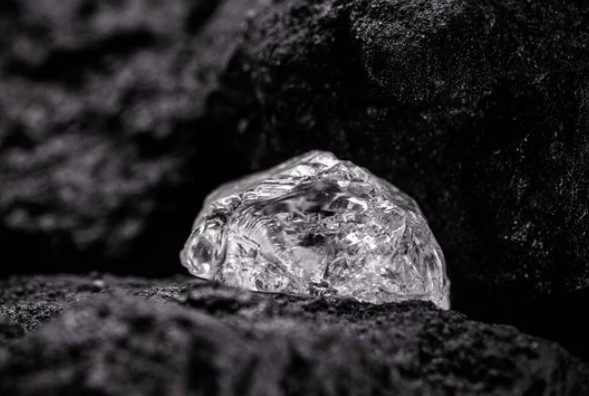The Geological Survey of India (GSI) has made a historic discovery of lithium resources in the Salal-Haimana area of Reasi District in Jammu and Kashmir. The “Reasi Sersandu-Kherikot-Rahotkot-Darabi” mineral block has been found to contain 5.9 million tonnes of “inferred” lithium, marking a significant milestone for India’s mining industry.
Lithium, a rare and highly sought-after mineral, is a key component in the production of lithium-ion batteries that are revolutionizing the transition towards clean energy. This newfound reserve in India provides the country with a new hope in the global competition for lithium, as the majority of current reserves are located in areas with high water stress.
Mines Secretary Vivek Bharadwaj stated, “For the first time, lithium reserves have been discovered, and that too in Jammu and Kashmir.” With the increasing demand for electric vehicles and other lithium-dependent technologies, the discovery of this reserve could bring about a new era for not just India but also the world.
Lithium: The Cosmic Element Powering the Clean Energy Revolution
Introduction:
Lithium is a chemical element that has taken the world by storm, thanks to its unique properties and widespread applications. The metal with the lowest density and the ability to react vigorously with water is also a cosmic element that was formed from the bright stellar explosions called novae. Lithium-ion batteries, powered by this element, have revolutionized electronic communications, computing, digitisation and are now paving the way towards clean energy. In this article, we delve into the history, properties, and significance of lithium.
A Brief History
Lithium was first discovered in 1817 by Johan August Arfvedson and the word lithium comes from lithos in Greek, which means stone. The discovery of this element was a major milestone in the field of chemistry and paved the way for numerous applications of lithium. Over the years, scientists and researchers have studied the properties of lithium and found new ways to harness its potential.
Properties of Lithium
Lithium is a metal with the lowest density, which reacts vigorously with water and is toxic in nature. Despite its toxicity, lithium has a wide range of applications due to its unique properties. Lithium is light, strong, and has a low melting point, making it an ideal material for batteries and other electronic applications.
Lithium-ion Batteries
The most significant contribution of lithium to the world is the development of lithium-ion batteries. Lithium-ion batteries have higher energy density compared to other rechargeable battery systems, which is further enabled by the design and development of high-energy density electrode materials. This higher energy density makes lithium-ion batteries a game-changer in the field of clean energy and has revolutionized electronic communications, computing, and digitization.
Nobel Prize in Chemistry
The significance of lithium-ion batteries was recognized in 2019 when Stanley Whittingham, John Goodenough, and Akira Yoshino were awarded the Nobel Prize in Chemistry for their work on the lithium-ion battery. Whittingham worked on developing methods that could lead to fossil fuel-free energy technologies, Goodenough refined the cathode used in the battery, and Yoshino created the first commercially viable lithium-ion battery in 1985.
The Demand for Lithium
With the increasing demand for electric vehicles (EVs), the debate over global reserves of lithium has been gaining momentum. At the current rate of carbon emissions, the world will need at least 2 billion EVs, and according to the World Economic Forum (WEF), there could be a lithium shortage as soon as 2025. Lithium also finds use in the medical sector and in electronics that power our phones, solar panels, and other renewable technologies needed for the transition to clean energy.
India’s Lithium Reserves
In February 2023, the Geological Survey of India (GSI) has established “inferred” lithium resources of 5.9 million tonnes in Salal-Haimana area of Reasi District of Jammu and Kashmir. These resources have been established as part of the “Reasi Sersandu-Kherikot-Rahotkot-Darabi” mineral block, where prospecting has been ongoing since 2021-22. India has found a new ray of hope in the global competitive market, with a new untouched reserve of this precious metal.
Conclusion
Lithium is a cosmic element that has revolutionized the world, thanks to its unique properties and widespread applications. Lithium-ion batteries have paved the way towards clean energy and have been recognized with the Nobel Prize in Chemistry. With the increasing demand for EVs and the transition to clean energy.






